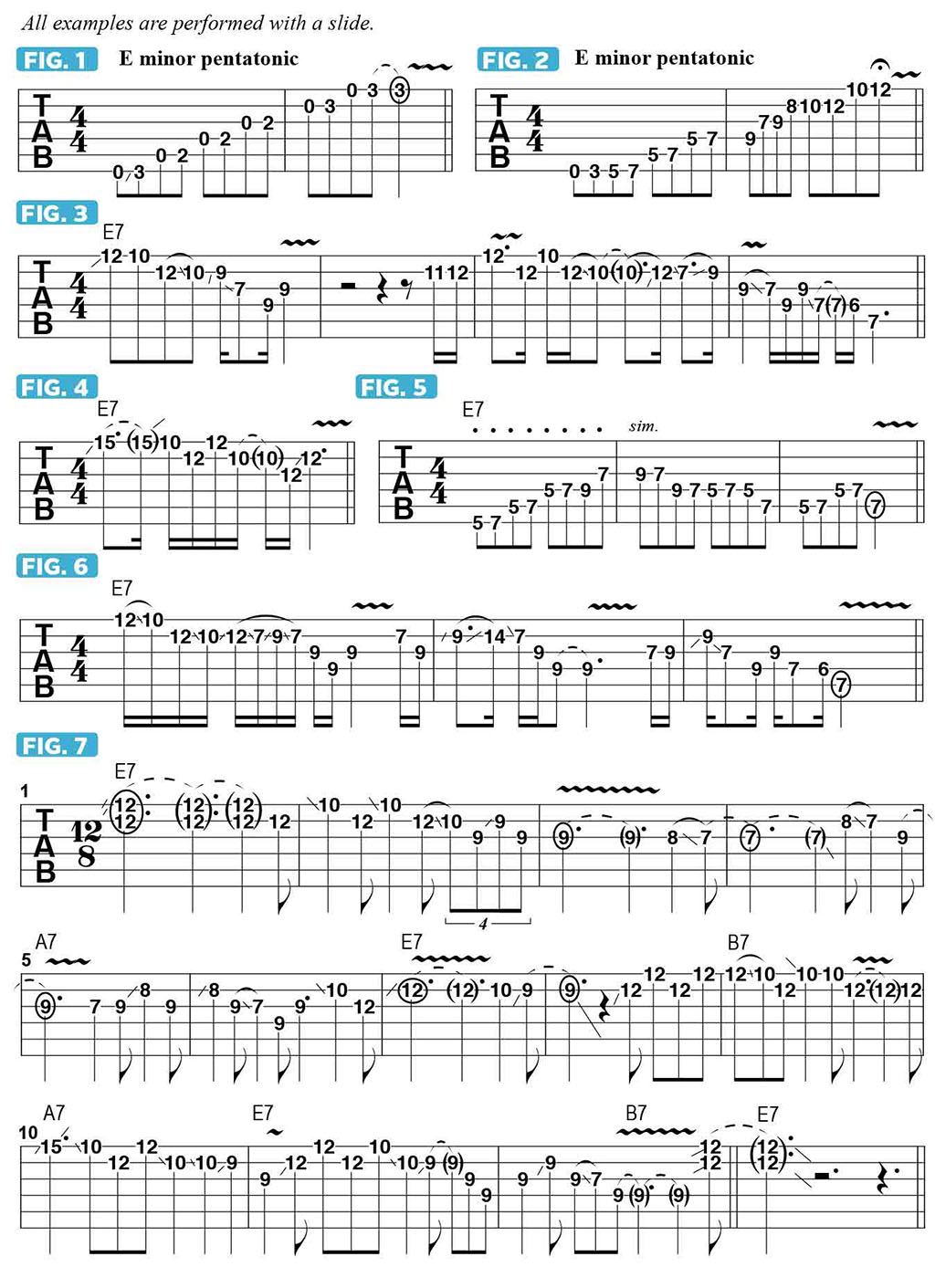How to play slide guitar in standard tuning: essential tips
Learning slide guitar in standard tuning allows you to focus on fret-hand touch and pick-hand articulation without having to re-learn the fretboard and chord forms in an alternate tuning
Slide guitar is something many players have a desire to learn but can be reticent to dive into. This is usually because there’s an unpleasant learning curve — when trying to play slide for the first time, most players produce a sound akin to a crying baby cat with digestive distress. In other words, the sound produced is not appealing at all. But, with attention to detail and mindful practice, one can quickly progress to the point of being able to achieve pleasing results.
A great way to get started with slide guitar is to play in standard tuning, which allows you to focus on all the essentials of fret-hand touch and pick-hand articulation without having to address the issue of re-learning the fretboard and chord forms in an alternate tuning. The first decision is what kind of slide to use — glass, metal or ceramic. Most guitarists will follow the lead of their favorite slide player in this regard; I started with a metal slide, worn on my pinkie, because that’s how my primary slide-guitar influence, Johnny Winter, played. Later on, I switched to a glass “bottleneck” slide, worn on my ring finger, à la Duane Allman.
To achieve accurate intonation (pitch centering, or being in tune) when playing slide, it should be laid across the string(s) directly above the fretwire, not behind (to the left of) it, where you ordinarily would press down a finger against a string when fretting. Most players usually hold the slide parallel to the fret, which is a good general rule of thumb, for achieving accurate intonation across more than one string, while others will rotate it diagonally, but the important thing is that the slide should touch the string directly above the fret.
Regarding the pick hand, fingerpicking will offer you the most control, in terms of being able to mute strings you don’t want to sound while picking those you do. FIGURES 1 and 2 illustrate fretboard patterns for the E minor pentatonic scale (E G A B D). All non-open-string notes should be “fretted” with the slide. FIGURE 3 presents two standard slide riffs in E that move from 12th position down to ninth. Try fingerpicking the strings and strive for accurate intonation and smooth, even vibratos. FIGURE 4 is played with the pick, so practice switching between the two techniques.

FIGURE 5 demonstrates how, after each note is played, one should stop it from ringing before sounding the next one, so that you don’t have any unwanted notes or string noise lingering or “creeping” into what you’re playing. One good way to suppress unwanted sounds is to mute the strings behind the slide with one or more available fret-hand fingers, but Allman rarely did this when playing lines like those shown in FIGURE 6.
So fret-hand muting is not a rule, but rather a tip. Finally, FIGURE 7 offers a slide solo played over a 12-bar blues in E. As you play through it, strive for accurate intonation, a clean sound and a wide, even, vocal-like vibrato, which is something we’ll talk more about next time.
All the latest guitar news, interviews, lessons, reviews, deals and more, direct to your inbox!
Guitar World Associate Editor Andy Aledort is recognized worldwide for his vast contributions to guitar instruction, via his many best-selling instructional DVDs, transcription books and online lessons. Andy is a regular contributor to Guitar World and Truefire, and has toured with Dickey Betts of the Allman Brothers, as well as participating in several Jimi Hendrix Tribute Tours.

